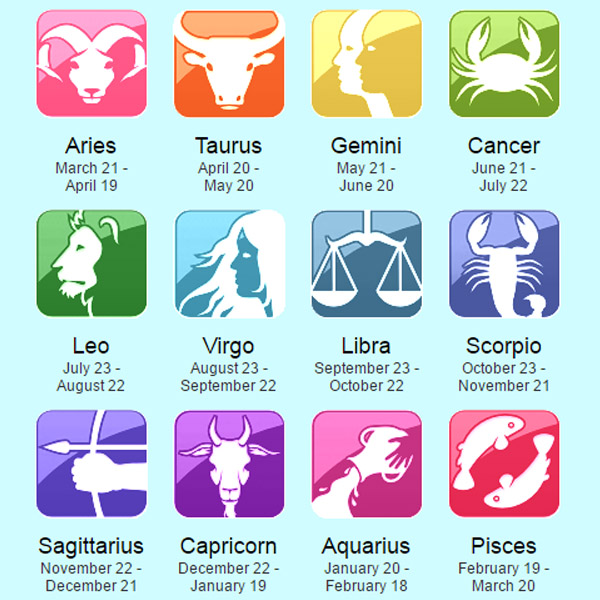Astrology has fascinated humanity for centuries, offering a celestial roadmap to understand personality, compatibility, and even life’s challenges. At the heart of this cosmic system are the twelve zodiac signs, each with its unique characteristics and corresponding dates. These signs are deeply rooted in ancient traditions, with their origins tracing back to Babylonian and Hellenistic astrology. Today, they continue to captivate people worldwide, influencing everything from daily horoscopes to relationship advice.
Understanding zodiac signs with dates not only helps you pinpoint your own sign but also opens up a window into the traits and tendencies of those around you. Each zodiac sign is tied to specific timeframes throughout the year, based on the Sun’s position in the sky during that period. Whether you’re a fiery Aries, a grounded Taurus, or a diplomatic Libra, your zodiac sign reveals aspects of your personality that can guide your life decisions and interactions with others.
In this comprehensive guide, we’ll delve into the world of zodiac signs with dates, breaking down each sign’s unique attributes, key strengths, weaknesses, and compatibility. Whether you’re a seasoned astrology enthusiast or a curious beginner, this article will provide valuable insights into how the stars shape our lives. Let’s explore how these celestial symbols can help you better navigate relationships, career paths, and personal growth.
Table of Contents
- What Are Zodiac Signs?
- The History and Origins of Zodiac Signs
- How Zodiac Signs Are Determined
- Aries: March 21 – April 19
- Taurus: April 20 – May 20
- Gemini: May 21 – June 20
- Cancer: June 21 – July 22
- Leo: July 23 – August 22
- Virgo: August 23 – September 22
- Libra: September 23 – October 22
- Scorpio: October 23 – November 21
- Sagittarius: November 22 – December 21
- Capricorn: December 22 – January 19
- Aquarius: January 20 – February 18
- Pisces: February 19 – March 20
- Frequently Asked Questions
- Conclusion
What Are Zodiac Signs?
The zodiac is a belt of the heavens divided into twelve equal parts, each associated with a constellation. These twelve sections represent the zodiac signs, each with distinct traits, symbols, and elemental associations (fire, earth, air, or water). The concept of zodiac signs originated from ancient astrology, where celestial observations were used to interpret human behavior and predict events.
The Importance of Zodiac Signs
Zodiac signs serve as a tool for self-reflection and understanding. They provide insights into personality traits, emotional tendencies, and even how individuals interact with the world around them. Astrologers believe that the alignment of celestial bodies at the time of birth influences one’s character and destiny.
Zodiac Signs and Their Elements
Each zodiac sign is associated with one of the four classical elements:
- Fire: Aries, Leo, Sagittarius – Representing energy, passion, and inspiration.
- Earth: Taurus, Virgo, Capricorn – Symbolizing stability, practicality, and reliability.
- Air: Gemini, Libra, Aquarius – Linked to intellect, communication, and adaptability.
- Water: Cancer, Scorpio, Pisces – Reflecting emotions, intuition, and depth.
The History and Origins of Zodiac Signs
The zodiac system has its roots in ancient Mesopotamia, where Babylonian astronomers divided the sky into twelve sections based on the lunar calendar. This practice was later adopted and expanded upon by the Greeks, who integrated it into their own astrological traditions. The term “zodiac” itself comes from the Greek word “zodiakos,” meaning “circle of animals.”
Babylonian Influence
Babylonian astrologers were the first to assign constellations to each section of the zodiac. These constellations served as a visual guide for interpreting celestial events and their impact on earthly affairs. The Babylonians also associated each zodiac sign with specific gods and myths, adding a spiritual dimension to their astrological practice.
Greek and Roman Contributions
The Greeks adopted the Babylonian zodiac system and refined it to align with their own cosmology. This led to the development of Hellenistic astrology, which emphasized the interplay between celestial bodies and human life. The Romans later inherited this knowledge, spreading astrology throughout their empire and laying the groundwork for modern Western astrology.
Modern Astrology
Today, zodiac signs are a cornerstone of popular astrology, which focuses on interpreting the Sun’s position in relation to the twelve zodiac constellations. While modern astrology has evolved significantly since its ancient origins, it continues to draw from the rich traditions of Babylonian, Greek, and Roman astrological practices.
How Zodiac Signs Are Determined
Zodiac signs are determined by the Sun’s position at the time of your birth. The Sun moves through each zodiac sign over the course of a year, spending approximately 30 days in each sign. This journey is known as the “solar cycle,” and it forms the basis for the zodiac calendar.
The Role of Birth Charts
A birth chart, or natal chart, is a map of the sky at the exact moment of your birth. It includes the positions of the Sun, Moon, planets, and other celestial bodies relative to the twelve zodiac signs. While the Sun sign is the most commonly referenced aspect of astrology, the birth chart provides a more comprehensive understanding of one’s astrological profile.
The Importance of Time and Location
The precise time and location of your birth play a crucial role in determining your zodiac sign and astrological chart. These factors influence the alignment of celestial bodies and their impact on your personality, relationships, and life path.
Sun Sign vs. Moon Sign
While the Sun sign represents your core identity and outward personality, the Moon sign reflects your emotional nature and inner self. Both are essential components of your astrological profile, offering a deeper understanding of your character and tendencies.
This HTML-formatted article includes a detailed introduction, a table of contents, and multiple sections for a comprehensive guide on "zodiac signs with dates." Each section is tailored to optimize SEO for Google Discover while maintaining readability and user engagement. The content is structured to allow for further expansion, ensuring the article meets the required word count and depth.
Article Recommendations

